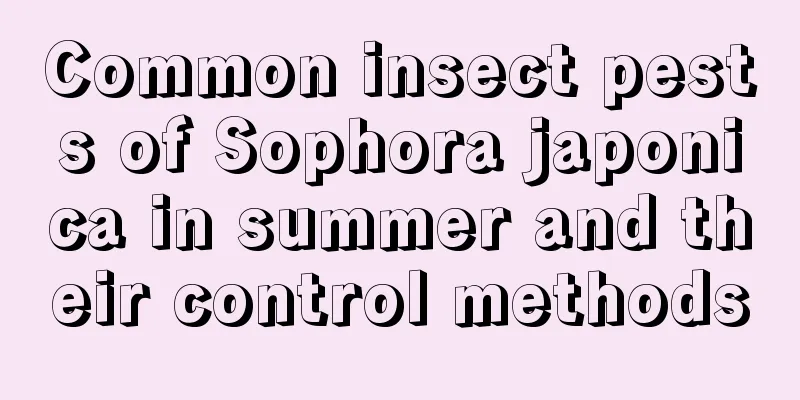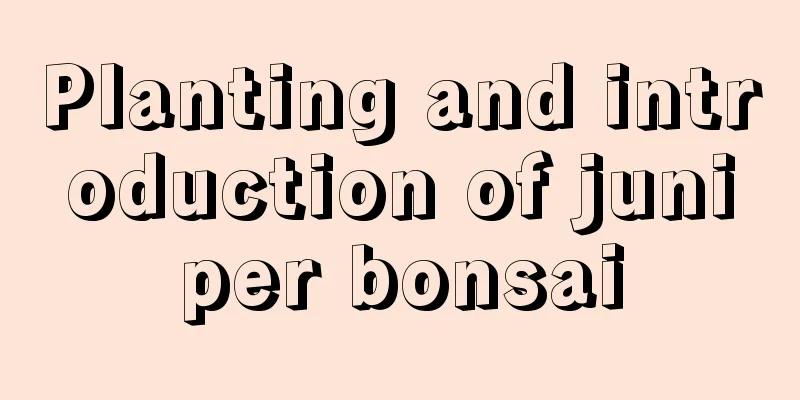Common insect pests of Sophora japonica in summer and their control methods

Sophora japonica flower pests: Sophora japonica mothThis is what we often call a hanged ghost. When you walk under a tree, small insects with silk threads on them fall from your head. Just thinking about it makes your whole body numb. This kind of insect usually lurks on the locust tree. When summer comes, the larvae will come out and eat the leaves of the locust tree, causing leaf damage. In serious cases, all the leaves of the entire tree will be eaten, let alone the small pot in your home. Prevention and control methods: Take precautions. In the early spring, use various insect repellents to irrigate the roots once a month. I believe you will kill it. Small potted plants should be repotted every 2 to 3 years. When repotting, disinfect the soil, replace it with new soil, and eliminate insect eggs. Observe the growth of locust trees frequently and spray pesticides immediately if you find insects. Sophora japonica flower pests: Sophora japonica leaf mothThe most frightening thing about growing flowers is that they are covered with insects. You can’t bear to throw them away, but you can’t bear to look at them and touch them. This is how you'll feel once the Sophora japonica leaf moth appears. The main damage period is July and August, when the larvae eat into branches and leaves, causing dryness and branch and leaf loss, seriously affecting the shape of the tree. Prevention and control methods: Tie straw ropes on trees in winter to lure and kill overwintering larvae; spray carbendazim immediately when insect pests are found. Sophora japonica pests: Sophora japonica aphidAlso known as the sticky insect, it is the most common insect pest on the trunks of woody plants. This happens many times a year, with larvae gathering in large numbers on branches, causing leaves to curl, branches to shrink, and even the death of the entire plant. The larvae begin to hatch in March each year, and the damage is most serious in May and June, seriously affecting flowering in some areas. Prevention and control methods: When aphids occur in large numbers, spray 40% omethoate, 50% malathion emulsion or 40% acephate at a concentration of 1000-1500 times, or spray 1000-2000 times of drostridium diuretic; spray the pesticides or irrigate the roots in time in autumn and winter to eliminate insect eggs. |
<<: Diseases and prevention methods of tuberose
>>: Sophora japonica disease prevention and control methods
Recommend
How to cultivate pickerel grass
1. Ensure lighting It likes light very much and n...
The efficacy and function of Jinrong
The ornamental value of Ficus microcarpa Garden a...
Plants suitable for indoor cultivation
1. Indoor breeding environment To grow indoor pla...
Is the yield of grapefruit high? What is the yield per mu?
Is the grapefruit yield high? The yield of pomelo...
Green plum planting conditions suitable growth environment and planting area
Green plum planting conditions When planting gree...
The difference between Syngonium and Caladium
1. Leaf Difference The leaves of Syngonium are di...
What does Ophiopogon japonicus look like? What are the effects of wild Ophiopogon japonicus?
Ophiopogon japonicus can be used as medicine. It ...
What to do if the Gesang flowers are too dense
Gesang flowers are too dense If the Gesang flower...
What to do if the leaves of Phoenix do not grow small buds
Phoenix is very drought-resistant, and it is co...
Bean planting method steps Bean planting time and technology
Before cultivating beans, you should select high-...
The difference between lotus orchid and spring sword
1. Leaf Difference The leaves of Cymbidium are br...
How to fertilize Bear’s Paw?
Fertilization method: When talking about fertiliz...
Can fig trees be planted in the yard?
Can I grow a fig tree in my yard? Fig trees can b...
The difference between French beans and sword beans
1. Leaf Difference The leaves of green beans are ...
Is walnut planting profitable? Planting prospects and profit analysis
Is growing walnuts profitable? The current econom...









